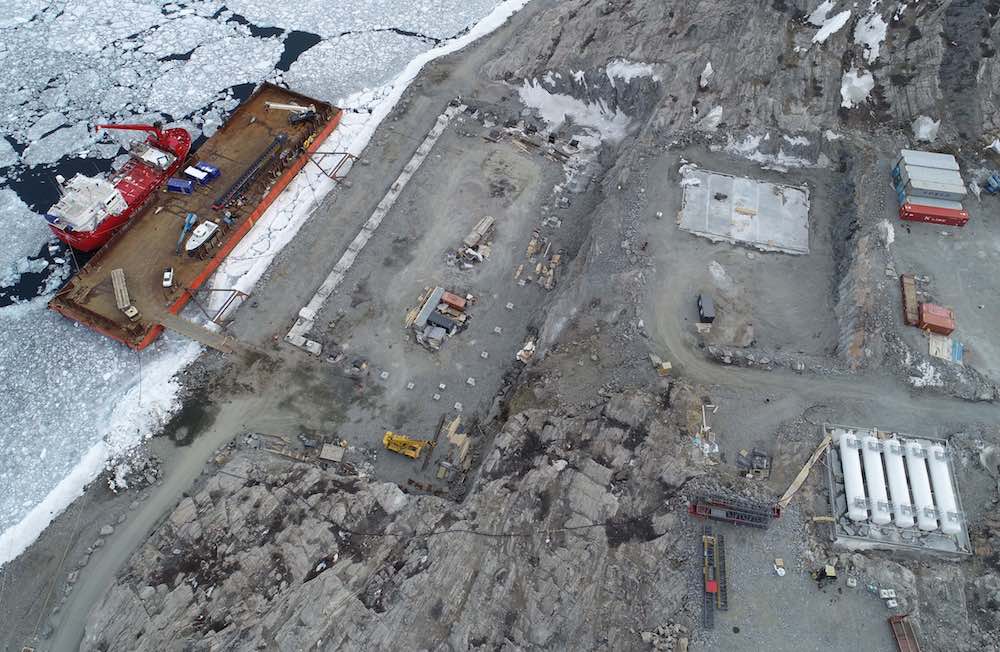As industry rebounds, likelihood of new Greenlandic mines grows
An uptick in exploration activity in Greenland foreshadows the opening of new mines in the years to come.

By 2022, Greenland could have as many as four mines up and running, laying the foundation or what successive governments have identified as a pillar of growth for the country as it seeks to add new streams of income to an economy that today relies almost entirely on fishing.
Currently Greenland’s only operational mine is the Aappaluttoq ruby mine, which began operation in 2017. A second, the Qaqortorsuaq anorthosite mine, is expected to start producing later this year. Anorthosite is a mineral primarily used in fiberglass,
Whether new mines will open depends entirely on economic forces beyond Greenland’s control, the Mining Ministry underscored in an overview compiled in response to an inquiry from a member of the national assembly.
[In 2017, Greenland could see its first new mines in several years]
However, after a period of low commodities prices led to a decline in investment beginning in 2011, there was an uptick in exploration activity in 2017. And, under the current conditions, at least one more of the six most advanced projects could be expected to begin operations within four years, according to the overview.
Several of the operations hold exploitation licenses, including the Isua iron mine, perhaps the world’s largest deposit of iron ore, but have chosen to postpone active mining for various reasons.
Others, such as the Citronen zinc and lead mine still need to establish the infrastructure required to begin operations.
Two operations, the proposed combined rare-earths and uranium mine at Kvanefjeld, and the Dundas titanium mine, still await licensing. The overview suggests the Dundas mine could come on-line by 2022.
[Shipping from northern Greenlandic mine feasible, owner says]
The Kvanefjeld mine has met with considerable political and popular resistance due to concerns about radiation caused by uranium extraction. Greenland Minerals, which has been developing the site for the past decade, is expected to submit at some point this year its application to begin operations.
According to the Mining Industry, Greenland Minerals “can potentially be issued an exploitation license and begin construction activities and possibly mining” by 2022.
Greenland’s efforts to establish a mining industry are laid out in its five-year oil and mineral strategy, published in 2014. Separate five-year strategies for both types of resources are expected to be published early next year.
Greenland gained the rights to its underground resources in 2009. Under the terms of its agreement with Copenhagen, once it establishes a commercially viable sector, it will be permitted to keep 75 million kroner ($11.2 million) in annual revenues. The remainder will be split evenly between the Danish and Greenlandic authorities. The Danish share will be given back to Greenland, but at the same time, the amount of its 3.7 billion kroner annual block grant will be reduced by an equal amount.
Once the amount of the Danish share exceeds the original value of the block grant, the two countries will negotiate a new deal on dividing the revenue.
Drone footage of the processing plant at the Qaqortorsuaq mining site. (Hudson Resources)